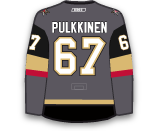Kindl had one goal in two games during his conditioning stint. The Red Wings likely would have liked to keep him there for a few more games, but with Kyle Quincey questionable for Saturday, Kindl has been recalled as insurance.
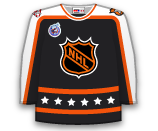
Kindl had one goal in two games during his conditioning stint. The Red Wings likely would have liked to keep him there for a few more games, but with Kyle Quincey questionable for Saturday, Kindl has been recalled as insurance.

Folin, 24, has six points (1G / 5A) in 29 games with Minnesota. While in Iowa, he has registered four points (2G / 2A) in 12 games. He has been recalled because he is a right-handed shot, who will replace Jared Spurgeon tonight in Edmonton.
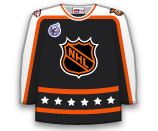
Puempel, 22, was a first round pick (24th overall) in 2011. He has 12 goals and 20 assists (32 points) in 51 games with Binghamton this season. He is expected to make his NHL debut on Saturday vs. the Panthers. Puempel skated with David Legwand and Alex Chiasson in Sens practice on Friday.
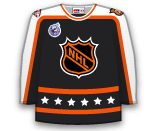
Mouillierat, 27, has 18 goals and 22 assists (40 points) in 51 games with Bridgeport. He has been an ECHL and AHL journeyman so far, but with Mikhail Grabovski on IR, he has earned the call-up.
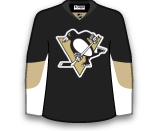
Wolf averaged 7:32 TOI and had no points in the only two games he appeared in during his recall. Sending Wolf down created some room for the Flames to recall Markus Granlund.
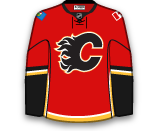
Granlund, 21, has five goals and eight assists (13 points) in 33 games with the Flames this season. While in Adirondack he has recorded 12 points (6G / 6A) in 14 games. He is expected to be back in the lineup on Friday vs. the Ducks.
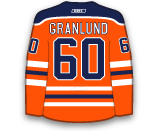
Ferlin, 22, has scored nine goals with seven assists (16 points) in 46 games in his first season in Providence. There is no word on if he will make his NHL debut on Friday in St. Louis.

Sanguinetti, 26, has 13 goals and 15 assists (28 points) in 42 games with the Comets this season. He was recalled prior to Thursday’s game, but did not get into the lineup. He is unlikely to play unless another Canucks blue liner goes down.
MacWilliam, 24, has been recalled as insurance for Friday’s game in Carolina. One of the Maple Leafs defenseman is in question for their matchup vs. the Hurricanes, thus MacWilliam gets the recall and could make his NHL debut. He has four points (1G / 3A) and 34 PIMS in 45 games with the Marlies.
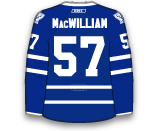
Ranford, 22, has 13 goals and 23 assists (36 points) in 50 games with Texas (AHL) this season. He has been recalled as insurance for Alex Hemsky, who is battling a lower-body injury.

Prince had one assist and two shots on goal while averaging 10:29 TOI in two games during his recall. The 22-year-old got a nice taste of the NHL and even picked up his first career point in the process.
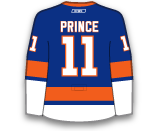
Washington will play three of the next four games at home, so they don’t really need a seventh defenseman right now. If one of their six regular blue liners gets banged up, expect Oleksy to be recalled once again.

Keranen, 25, has recorded 32 points (9G / 23A) and 16 penalty minutes in 52 games with Iowa this season. He leads the team in assists, ranks second in scoring and shots (113) and is fourth in goals. He could make his NHL debut on Wednesday in Calgary.
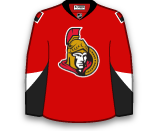
Lindbohm, 21, has dressed 41 games for the Wolves this season, recording 17 points (6G / 11A) to go along with 56 penalty minutes. In addition, the 6-foot-5, 202-pound defenseman has appeared in nine games for the Blues, collecting one assist and six penalty minutes.

Stalberg has been a healthy scratch for the last three games, but will return to Milwaukee, where he has 12 points (7G / 5A) in 14 games.
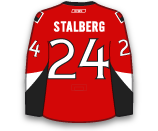
Klingberg, 24, has 15 goals and 15 assists (30 points) in 51 games with St. John’s this season. He has just one goal in his last 10 games, but his recall likely means that either Drew Stafford or Mathieu Perreault will go on IR and Klingberg can be expected to play on Thursday in Washington.
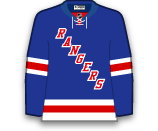
The Predators thought they would have Cody Franson in the lineup tonight, but with his immigration issues the Predators had to recall Bitetto to be the sixth defenseman tonight.

Tennyson, 24, had two goals and six assists in 27 games with the Sharks. With Justin Braun returning to the lineup tonight, they reassigned Tennyson to make room for Braun. Tennyson has six points (3G / 3A) in 19 games in Worcester.
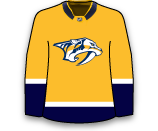
Driedger, 20, has gone 8-25-2 with a 3.75 GAA and .888 SV% in 36 games with Evansville this season. With Craig Anderson and Robin Lehner out, Driedger will be Andrew Hammond’s backup on Wednesday.

The Red Wings finally sent Petr Mrazek back to Grand Rapids last night, creating a roster spot for Pulkkinen. The 23-year-old had one goal in six games with the Red Wings earlier in the season. He has dominated at the AHL level—he leads the NHL in goals with 30, which is seven more than second and points with 57, which is four more than second.
